10 Ways to Boost Inbound Leads and Skyrocket Sales
To keep your business afloat, you need a good amount of inbound leads coming in through your website. Leads are people who have a dedicated interest in your brand or its products, while inbound leads have an interest but come to you. This is based on the content you put out and how you present your brand.
If your business goals include increasing your inbound leads, there are tons of steps you can take to reach that objective. Here are more than 10 ways to boost your inbound leads so you see a spike in sales.
- Stay consistent with your brand image
- Create compelling content
- Publish blog posts consistently
- Use visual content in your blog posts
- Optimize for on-page SEO
- Craft compelling CTAs
- A/B split test your CTAs
- Simplify your forms
- Show social proof
- Increase your site speed
- Track your analytics
- Over to you
1. Stay consistent with your brand image
It’s essential that everything about your brand stays the same across the board. If not, users won’t recognize your business or associate what they see with your brand. You want your audience to recognize you when they see different components of your brand, including color palette, typography, logo, design, and tone. Regardless of what your brand image is, the key is to have visitors recognize your business from afar.
Apple is known for its minimalistic look, and the apple is something you can’t mistake for any other brand:

2. Create compelling content
If you’re going to attract organic inbound leads, you need content that pulls your audience in and keeps them engaged. Who wants to read a boring, non-informative blog post that doesn’t have a clear purpose? No one, that’s who. When brainstorming topic ideas, always keep your target audience in mind. Think of what they’d like to know more about and how you can provide them with solutions. Ask them on social media or through email what they want and they’ll be glad to tell you.
3. Publish blog posts consistently
Is your goal to publish two blog posts a week? Then stick to it. The more content you post, the better outcome you’ll receive. People love content they can rely on, and if you deliver less than you originally promised, they’ll be disappointed and look to another source that publishes more frequently. It makes your business look bad if it doesn’t honor its word, so make sure you post as regularly as you promise.
4. Use visual content in your blog posts
It’s no secret that images and video boost conversions for your business. Social Media Examiner’s 2018 Industry Report found that 80 percent of marketers use visual content in their social media marketing. Most marketers are taking advantage of spicing up their blogs by making images and videos the primary angle in their content marketing. Readers like it because it breaks up walls of monotonous text and gives them something interesting to look at or watch. If you’re going to improve your lead generation, it’s best to utilize visual components that will make your blog posts stand out.
[tweet_box]If you’re going to improve your lead generation, it’s best to utilize visual components/ #Inbound #Leads #Skyrocket #sales [/tweet_box]Just have a look at some examples:
Animated banners
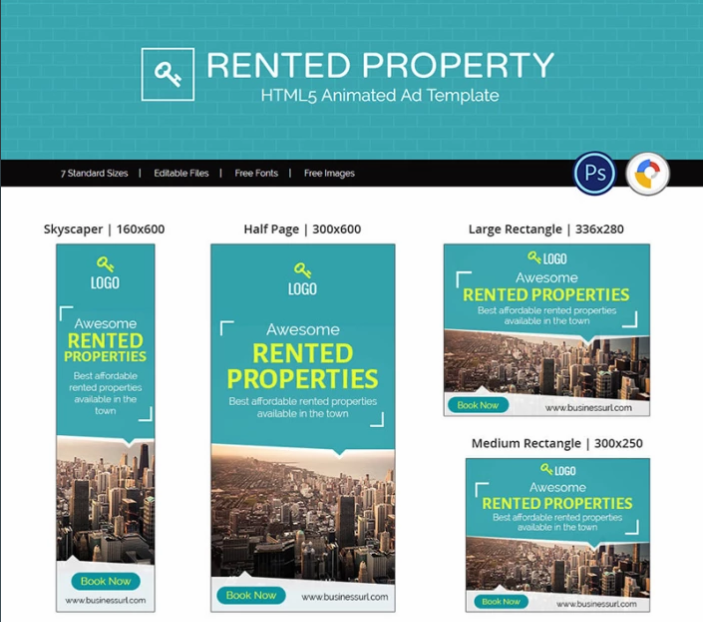
Infographic elements
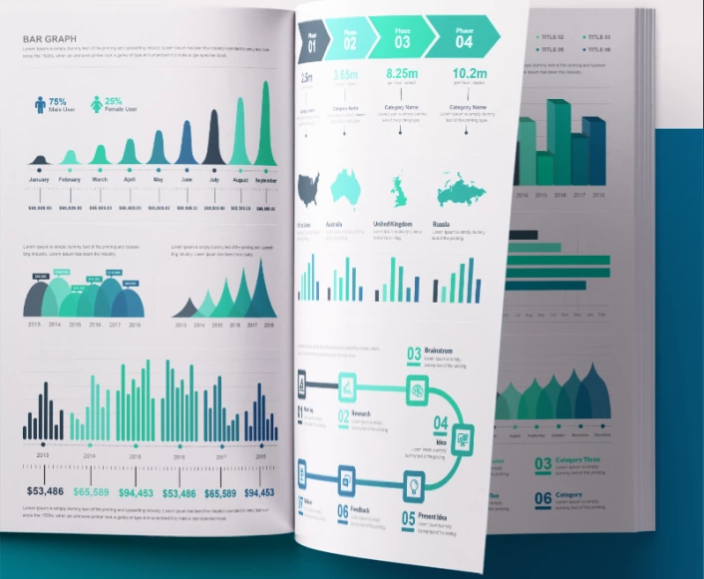
Attractive media kit
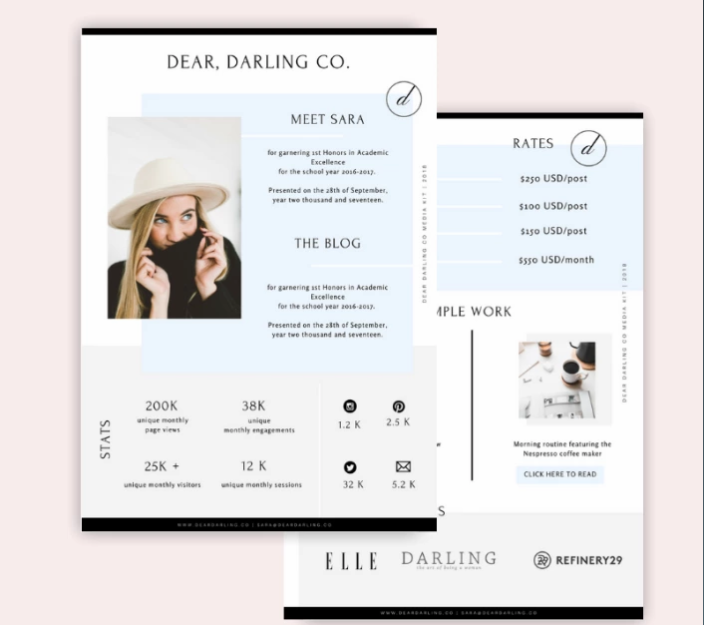

5. Optimize for on-page SEO
More of a technical tactic, your on-page SEO is essential if you’re going to attract inbound leads because it’ll determine how you rank in search engines. If you aren’t ranked high, the odds of your target market seeing your content are pretty slim. You want to optimize your SEO so well that Google crawls its content and sees organized value.
- Title tag
- URL
- Header tags
- Image alt tags
- Body copy
Wikipedia’s Super Mario World page is a good example of a webpage that’s fully optimized for on-page SEO as it includes all of the above components:
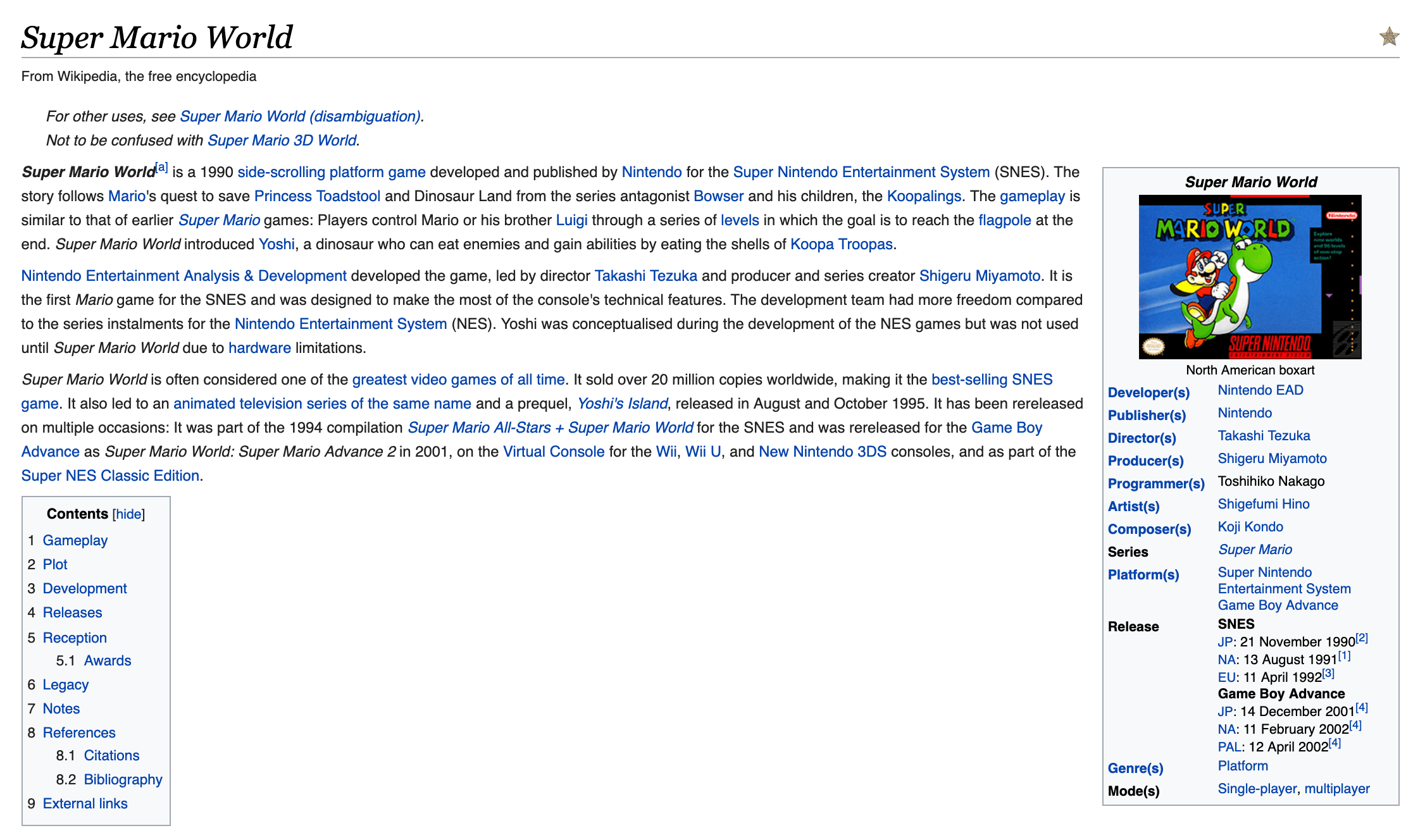
6. Craft compelling CTAs
You can’t assume that while users are exploring your website they know what they should do next. Instead, you have to take a proactive approach and tell them what they should do. Strategically-placed CTAs should be placed around your website where they do the most good. Always place CTAs at the end of your blog posts so readers can navigate to more of the same type of content. For lead magnets, refrain from using boring, cliche commands like “Submit” or “Sign up.” Instead, remind users of the benefit of them clicking through, such as “Get my free PDF.”7. A/B split test your CTAs
It’s essential to A/B split test your CTAs to determine what elements of your strategy create conversions and which ones leave you high and dry. Things as simple as color can affect how well your site performs, so it’s important to A/B test different components of your CTAs to ensure you’re gaining the most traction. You’ll want to test button color, size, and text. Make sure you test only one component at a time so you’re sure of what’s increasing or decreasing your conversions.WallMonkeys was able to increase its click-through rate by split testing their CTA and determining that less is more.
8. Simplify your forms
The easier you make it for users to sign up for your offer, the sooner you’ll have more inbound leads. If you’re simply trying to collect emails or offer users a lead magnet, there’s no need to ask them to fill out 12 different form fields with their information. Simplify your forms to make the process of capturing those emails as simple as possible. The easier you make it for people to take action, the more action you’ll see. Leave no more than five fields for your audience to fill out for the best results.
9. Show social proof
Social proof is a psychological phenomenon where people copy what others do because they’ve heard or seen certain things about it. If you’ve ever been tempted to buy something because someone on YouTube or a friend suggested it to you, that’s an example of social proof. People trust word of mouth from their friends, family, and influencer, so it’s a great way to increase your inbound leads organically. According to Statista, 30 percent of consumers agree that reviews and ratings have an impact on their decision to purchase a product. Social proof can be client testimonials, customer reviews, brand logos displayed on your website.10. Increase your site speed
One of the ranking factors in Google’s algorithm is site speed. If your website lags or takes too much time to load, there’s a good chance users will exit out and go to a different website that doesn’t waste their time. According to Google, after five seconds of lag, the chances of someone bouncing increases by 90 percent. Use Google’s Test My Site to determine your website’s speed so you can make changes to improve it and increase your traffic.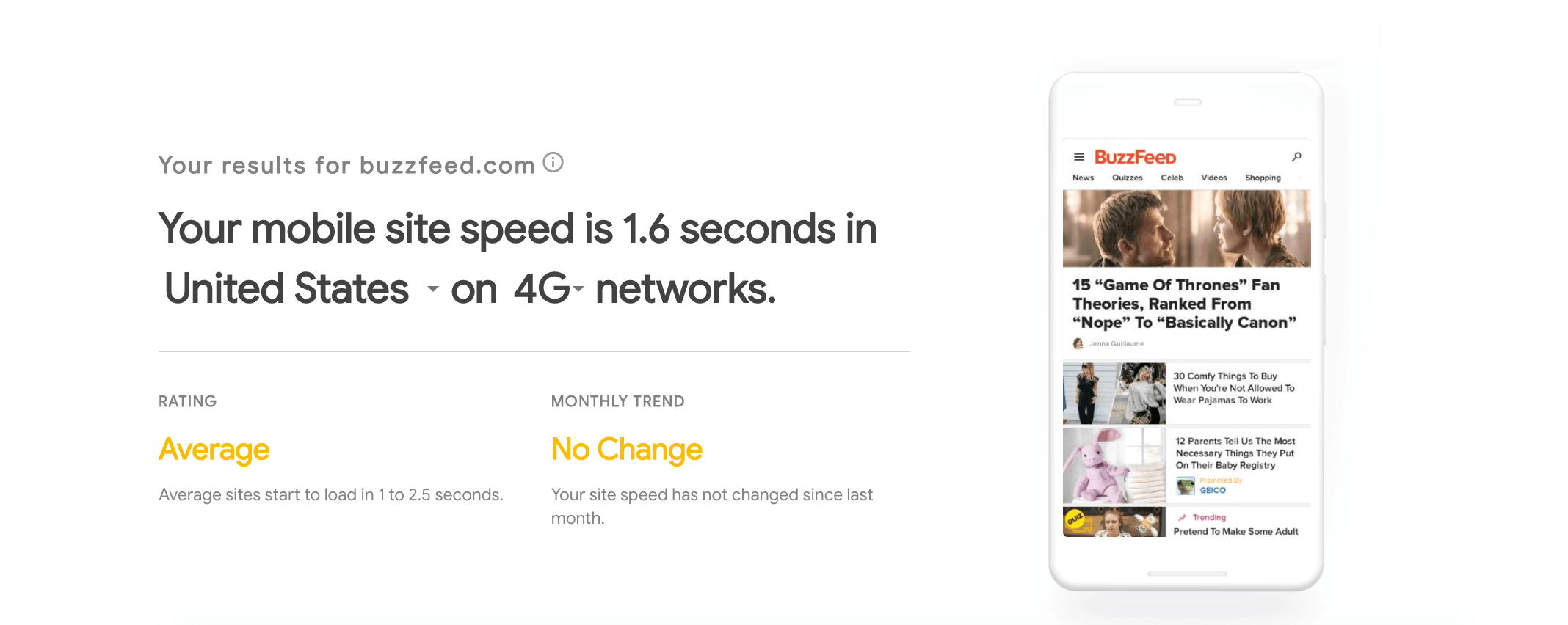
11. Track your analytics
The only way you’re going to know exactly how your website is performing is by tracking its analytics. Track organic growth, social traffic, campaigns, and more after connecting your website to Google Analytics. Monitoring your website will tell you what areas of your site need to be optimized for better conversion rates and inbound leads. Analyzing your data will allow you to understand the behavior of your audience and track their buyer’s journeys. All of the information you track will help you optimize your conversion optimization strategy for better results.You can take this one step further by using a branded link shortener to create short, trackable links for sharing on social media and in email marketing campaigns and get detailed analytics on who’s clicking on your links. This will help you track the performance of specific posts and campaigns in order to optimize them to boost your click-through and conversion rates
Over to you
If your business is going to succeed, you need to optimize your website so that you can increase your inbound leads. Google’s algorithm favors leads that come in organically, so it’s important that you’re able to garner this kind of traffic. How will you boost your inbound leads?Read Also
Key Digital Marketing Trends for Organizations in 2019
High Bounce Rate? One-Sided Content Might Be Responsible
Get more to your email
Subscribe to our newsletter and access exclusive content and offers available only to MonsterPost subscribers.


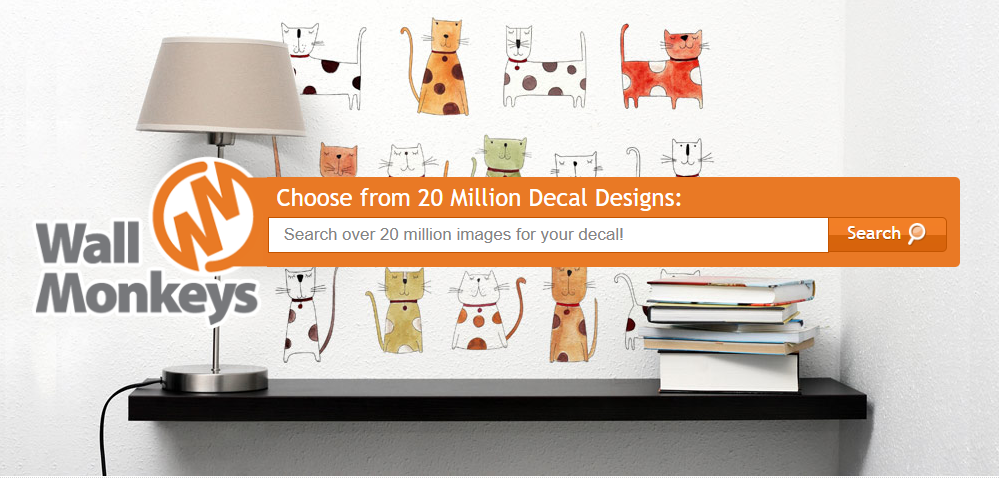
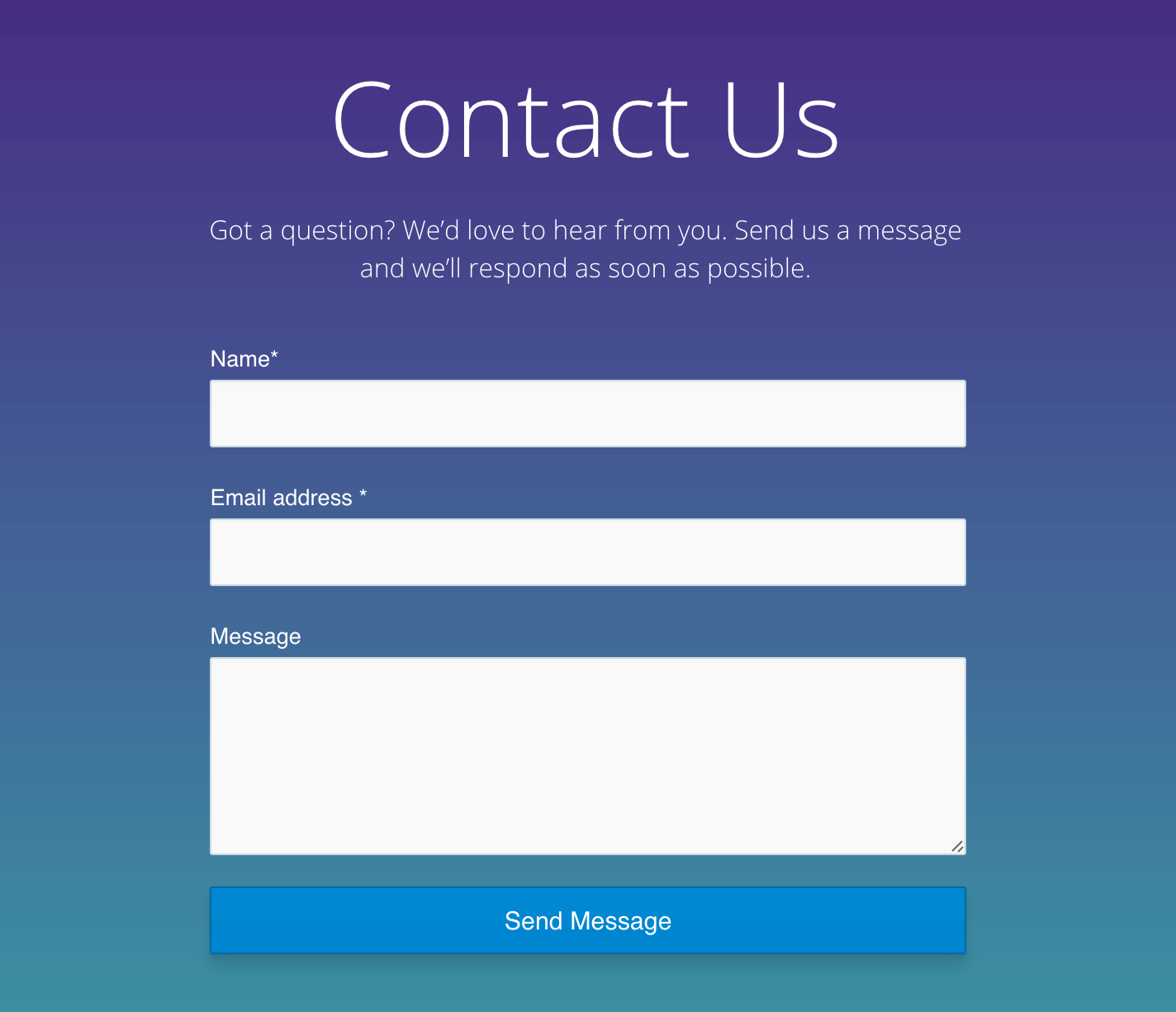
Leave a Reply
You must be logged in to post a comment.